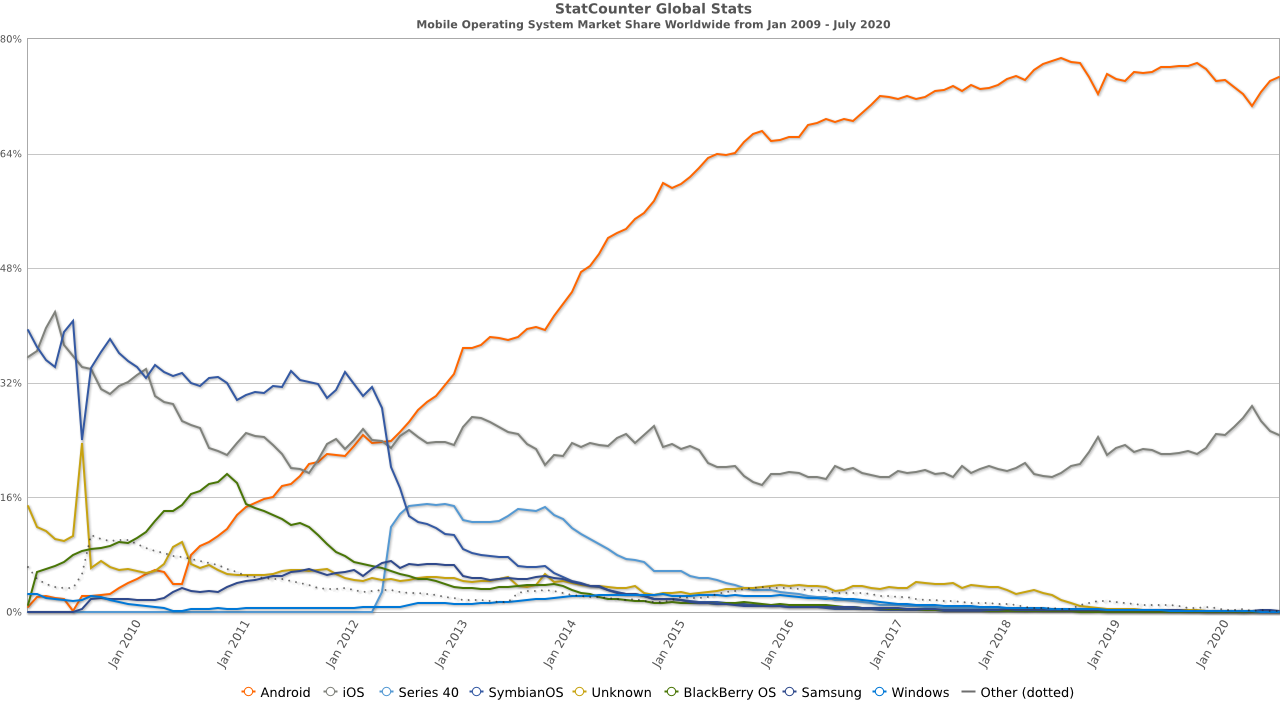
There have been quite a few attempts at creating a perfect Android-based gaming console. However, without trying to be rude, I have to state that most of these attempts were failures. The reason for this, I think, is because one of these Android-based gaming consoles is just about as strong as an Android phone, so if you’ve ALREADY paid a lot and got the latest phone on the market, why on God’s green earth would you want to pay more for something that does the exact same thing? You see the ideas behind them and concepts were good, however, they just ended up lacking in the end. Now, if you’re to ask people about things such as OUYA or GameStick, they won’t even know what you’re talking about.
Without being too subjective, I can honestly say that the Nvidia Shield was by far the only worthwhile Android gaming console released during the past year. Why is that, you may ask? Well it’s simple – it offered something more than all the other phones and competitors. That’s great thinking, if you stop to consider it: offer the customer something they can’t get anywhere else – the Tegra 4 GPU. And now, Nvidia is thinking of upping the ante even further. In a world governed by only low-power SoC ( Systems-on-a-Chip, the kind of tech found in Android devices ), Nvidia wishes to release its first Kepler-based Tegra K1 SoC.
New Series
Contrary to how this may seem, the Tegra K1 is not to be confused with a Tegra 5. This new product is Nvidia’s attempt at breaking away from the Tegra typo by doing something quite interesting – merging Nvidia’s mobile architecture with that of the GeForce devices. The company will accomplish this task by making the Tegra K1 ( previously named Project Logan ) the first mobile chip based on their Kepler architecture, rather than the previous GeForce ULP architecture.

If you’ve been keeping up with the desktop GPU world, this Kepler architecture I keep mentioning was first introduced by the Nvidia GeForce GTX 600 series. The Kepler architecture brought many key improvements to the previous Fermi SM one ( SM standing for Streaming Multiprocessor, if you’re curious ). This Fermi build, which was found on the GTX 400 and GTX 500 series, has been widely ridiculed worldwide for having a large power consumption and heat output ( see the nearby picture ). What made the Kepler SMX ( Next Generation Streaming Multiprocessor ) was the fact that it had been redesigned completely from the ground up, now providing greater energy efficiency by using a unified clock.
Almost 3 Times Stronger than the Tegra 4
Similarly to the desktop version, the Kepler SMX in the Tegra K1 features 192 Cuda Cores per SMX unit, and seeing as how there’s only one SMX unit in the K1, this equates to 192 total Cuda Cores. In the number of Cuda Cores, it’s easy to compare this mobile component to a GPU from a weaker gaming laptop. The stronger ones ( talking about laptops here ) equipped with Nvidia video cards have almost 1500 Cuda cores, my own laptop included has circa 385 Cuda cores and it can run all the games at the moment on maximum settings. A desktop video card can hold nearly twice as many Cuda cores as a laptop one – for example, one of the strongest at the moment has circa 2900 Cuda cores. I bothered telling you this so you can get a solid idea of how this new Tegra K1 scales against the strongest of devices out there and maybe grasp a bit about what it’s capable of.
Comparing the Tegra K1 with the Tegra 4 is definitely putting the Tegra K1 above the Tegra 4. The Tegra 4 ( which was initially featured in the Nvidia Shield ) was using the Fermi SM ( that one offers 32 Cuda Cores per SM unit ) and featured 72 cores of its own. All things considered, with all the increased parallel shader units equate to increased shader and compute power, which can be easily harnessed with greater gaming visuals. I’ll actually go ahead and provide you with a small example of the Tegra K1 in action:
Also, Nvidia wasted no time whatsoever in trying out their new tech with using the Unreal Engine 4 by Epic Games. See the video below and be amazed:
Two Options for the CPU
The Tegra K1 is aiming to make a big hit on all fronts. It’s meaning to raise the bar on the CPU front in addition to raising it on the mobile GPU front as well. Initially, the Tegra K1 will only be available with a Quad-Core ARM Cortex-A15 processor and it’ll be using Nvidia’s patented 4-Plus-1 architecture that offers a low power-core for lighter loads. Eventually, however, Nvidia will also release another version of the Tegra K1 with Nvidia’s Dual-Core Denver CPU. This second version of the chip will be based on ARM’s 64-bit V8 instruction set.
The initial quad-core ARM Cortex-A15 version is compatible with the 32-bit ARM v7 instruction set. It is a 3-way superscalar architecture and it’s said to run at up to 2.3 GHz frequencies and feature 2 banks of 32 KB L1 cache. The Dual-Core Denver, on the other hand, is compatible with the 64-bit ARM v8 instruction set. This one is based on a 7-way superscalar architecture and is said to run at up to 2.5 GHz frequencies and feature 64 KB + 128 KB of L1 cache.
The most interesting fact about these two processors is the fact that these two versions will be pin-compatible. This means that OEMs will be able to easily switch between the two SoCs and offer different versions of their products for different markets. Thanks to the economies of scale that this allows for, it’s possible that we’ll see this translate to lower overall costs – or higher profit margins, depending on how cynically you see things.
Release Date
Unfortunately there’s no real official release date for this new tech. There’s no official release date, only estimates. The one thing that’s known for sure is that the Quad-Core Cortex-A15 version will be officially available some time in the first half of 2014 and that the Dual-Core 64-bit Denver version will make its debut in the second half of the year. As to when this new component will hit the market by being equipped on devices is anybody’s guess.
Personally, I’m quite excited about the future of mobile gaming. Personally, I view games as a form of art as they mix up artistic elements from many domains ( story, character concepts, soundtrack – I could talk about these all day long ) and am glad that people are working towards making gaming more mobile. Competition is strong and very aggressive in the mobile world, and since Nvidia has clearly raised the bar, consequences will never be the same and it’ll be interesting to see Qualcomm’s and Samsung’s response to this.
If you’re more interested about this subject, feel free to check out Nvidia’s official website and read some more technical details about this new technology.

